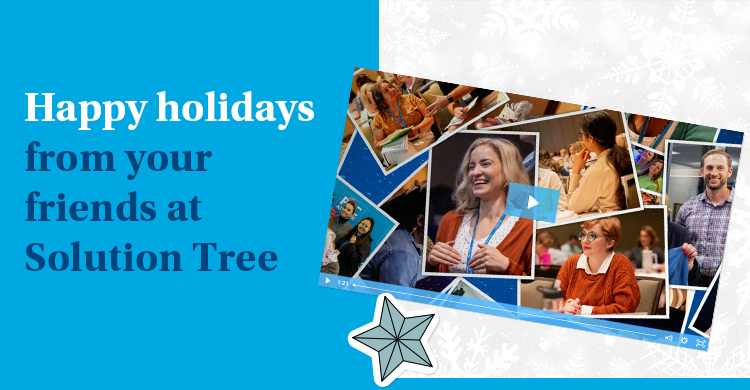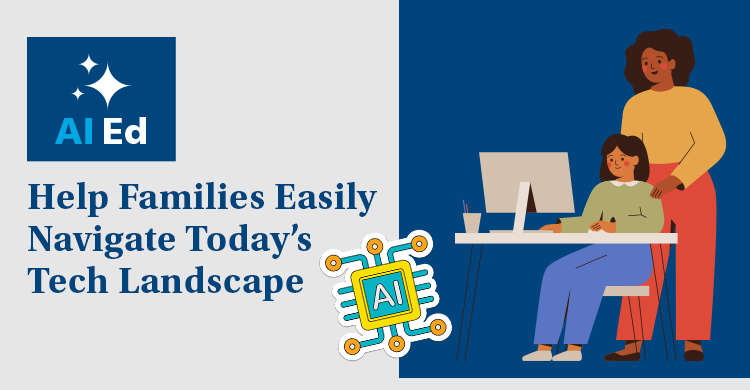We have recently been studying, writing, and implementing strategies about the often-forgotten fourth critical question of a professional learning community. Educators from all over the country have shared with us that they feel confident in knowing what they want students to learn, determining how they will know if they have learned it, and what to do if they haven’t learned it. However, due to time constraints, priorities to areas where students struggle, and lack of knowing what to do for students who already know it, question four is often discarded.
When this happens, we know that “question four” learners will likely blend in with their peers in order to go unnoticed, misbehave as a way to combat boredom, or use their brain power to think of other things during instruction. Even well-intentioned teachers who have allowed students to work ahead or beyond the normal schoolwork struggle with activities and revert to assigning low-level tasks such as grading papers, peer tutoring, or helping with a different teacher-related task.
We argue that if our mission is for all students to learn at the highest levels, all students need to be considered in collaborative team meetings. Through our research and work, we have discovered a few key items that teams should consider for addressing question four, which should be collaboratively discussed, agreed upon, and then monitored as the year proceeds. These items include making the time, determining where question four fits in the workflow, realizing that a reframing of previous thinking is necessary, and determining which of the proven strategies that work for students who already know it will be used and when.
Making the time
Time is an obstacle and point of discussion/debate in most schools across the country. Being an educator is demanding, draining, and time-consuming. While extra time isn’t likely arriving anytime soon, it is imperative that there is an intentional and deliberate effort to spend the time that we do have on those items that matter most. We have found that high-performing teams are very clear about their overall task of meeting the needs of all learners and don’t leave anything to chance. Members of the collaborative teams have to commit to making sure that question four is a regular part of the meeting time. Whether it is the beginning of every unit, 15 minutes every other meeting, or another arrangement determined by the team, a commitment to making the time for question four needs to be a priority.
Determining where it fits in the workflow
If you think about a collaborative team working together in a professional learning community, a typical workflow might look like this:
- Essential standards determined
- Lesson developed
- Common assessment developed
- Lesson delivered
- Assessment given
- Assessment analyzed
- Plan created for students who need reteaching or extension
As a collaborative team working in this typical workflow, when do you begin your question four conversations? Is it never? We hope that in reading this short blog, we have at least somewhat convinced you that all students deserve to have their needs met. Is it after the lesson is delivered? While there is nothing wrong with this, it must also be considered that students who already knew the material were sitting through the duration of the given unit just waiting to prove what they already knew. Perhaps they could have used that time to dig even deeper and have their learning extended, pushed, and challenged. Is it before the lesson is delivered? We contend that learning would look very different in many classrooms if collaborative teams, when developing common assessments for the end of the unit, also worked on assessments or creative ways to determine what students already knew. Then, with that information, students who already know the content that is going to be taught are given opportunities to learn in a more personalized approach.
Reframing the teacher’s role
In a day and age of high-stakes testing, scores being published in local newspapers, and schools being compared despite their individual challenges, it is no wonder that many teachers want to keep a tight grip on the controls of the classroom. We contend that it is imperative for certain nonnegotiables to exist in every classroom, which would include a guaranteed and viable curriculum, teaching to the standards and objectives, and administering common assessments. In our district, we have called these the load-bearing walls for your collaborative team. These can’t be moved. Contrarily, there are nonload-bearing walls that also exist in the space of a classroom. This is the area where teachers have freedom to ensure that students are learning the intended curriculum.
All collaborative teams should make sure that they understand the load-bearing and nonload-bearing walls for their school and district. With this clear understanding, a teacher’s role can look different for question-four students by handing over some of the voice and choice of their learning. While this can feel a bit awkward to some, we believe it is the only way to truly address the learning needs of the question-four student. We have seen tremendous success stories when the role of the learner has shifted into one where the student is the driver in what he or she learns.
Using proven strategies
Once a commitment to the time is made, the natural workflow is determined, and the role of the teacher is examined, we contend that it is time for teachers to shape and organize the types of activities intended for students who already know it. The strategies to which we have committed were first published in a 2003 Educational Leadership article by Willard-Holt and are often recognized as key strategies for gifted learners, which include:
- Curriculum compacting
- Flexible grouping
- Product choices
- Tiered assignments
- Multilevel learning stations
Teams who become familiar with these five strategies and regularly consider their use prior to a unit of instruction will be allowing students to extend and personalize their own learning in a way that is engaging and thought provoking. We also contend that as teams work together at implementing these types of opportunities on a regular basis, it will soon be learned that these strategies work for the students who already know it and students who don’t.
We hope this blog piques your interest in wanting to learn more about meeting the needs of the students who already “know it” in your classroom. Please contact one of us if you would like to comment and/or learn more on this topic, and be sure to look for our book When They Already Know It for more on this topic.
Follow Mark Weichel, Blane McCann, and Tami Williams on Twitter at @westsideweichel, @BlaneMcCann, and @tamijwilliams respectively.






